Computer Basics 101
Empower Your Digital Journey: Master the Basics Today!

6 Hours average completion time
0.6 CEUs
13 Lessons
17 Exams & Assignments
92 Discussions
16 Videos
26 Reference Files
87 Articles
Mobile Friendly
Last Updated December 2025
In today's rapidly evolving digital age, understanding computer basics is no longer an option; it's a necessity. Whether you're just setting out on your technological journey or you've hesitated in the past because of the daunting vastness of the digital universe, our meticulously crafted course, "Computer Basics," is tailored to give you a strong foundation and imbue confidence in every click.
Course Highlights:
-
A Tailored Experience: Whether you're a complete novice or someone seeking to solidify their foundational knowledge, our course has been designed to cater to all proficiency levels.
-
Rich Visual Guidance: Featuring an array of intuitive screenshots and real-world examples, we endeavor to make complex concepts easy to grasp.
-
Expansive Curriculum: Dive into 12 meticulously structured lessons, each one focusing on a critical facet of computer literacy. From understanding the anatomy of a computer to diving into the vast expanse of the internet, and even grasping the nuances of word processing - we've got it all covered!
-
Dual Platform Approach: In a world divided between Mac and PC enthusiasts, we bridge the gap by providing insights, tips, and tricks for both ecosystems, ensuring a holistic learning experience.
-
Engaging Assessments: Our interactive quizzes, incorporating True/False and multiple-choice questions, are not just evaluative but also serve as refresher modules. They've been designed to reinforce your understanding and highlight areas for potential review.
-
Empowered Decision Making: Venturing to buy a new computer? With dedicated modules on what to consider when purchasing and setting up your new device, we empower you to make informed choices that suit your specific needs.
-
Safety First: The digital realm, while vast and exciting, has its pitfalls. Our modules on setting up a safe workspace and understanding virus protection ensure you're well-equipped to navigate the web safely.
-
Interactive Media Mastery: Delve into the world of digital media. Learn not just to consume, but also to create, curate, and share with confidence.
Why "Computer Basics" is Your Ideal Starting Point:
"Computer Basics" isn't just a course; it's a journey. One that's been meticulously planned with you at its center. We understand the hesitations, the doubts, and the questions that come with diving into the world of computers, and we've transformed those challenges into a comprehensive learning adventure. With a perfect blend of theory, practical examples, and engaging activities, we ensure that by the end of this course, the digital realm will no longer seem daunting but will instead be a space of endless possibilities, ready for you to explore and conquer.
Embark on this empowering journey with us, and transform from a tentative beginner to a confident digital navigator. Because in the 21st century, being digitally literate is not just an advantage-it's essential.
- Understanding core computer components
- Evaluating desktop and laptop features
- Personalizing computer configuration
- Enhancing computer security setup
- Mastering secure email practices
- Engaging with digital media
- Exploring digital communication tools
- Organizing digital files efficiently
- Developing essential digital vocabulary
- Navigating the Internet effectively
- Implementing workspace ergonomic principles
-
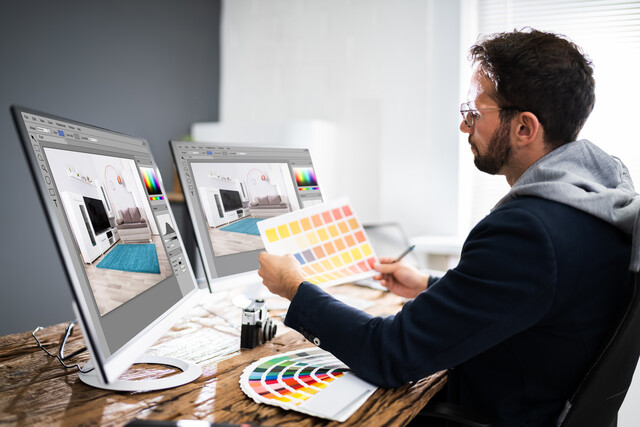
Adobe InDesign
-
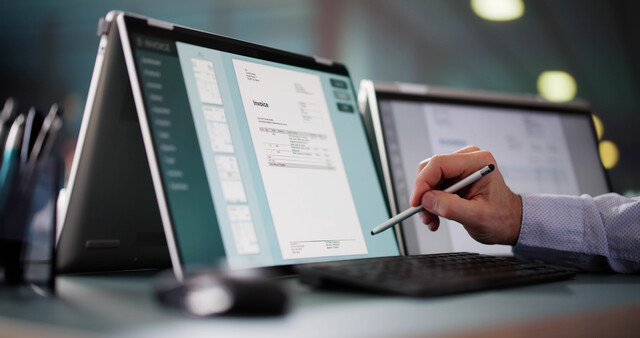
QuickBooks 101
-
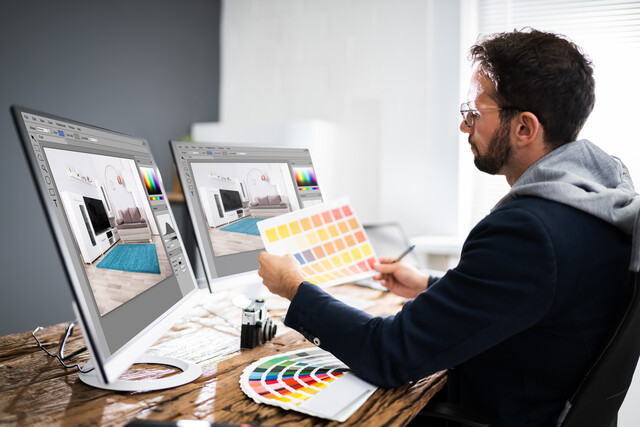
Photoshop Elements 101
-
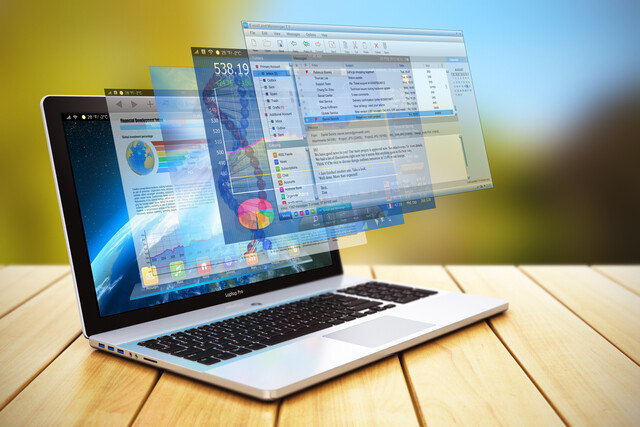
Ultimate Excel Training Bundle
-
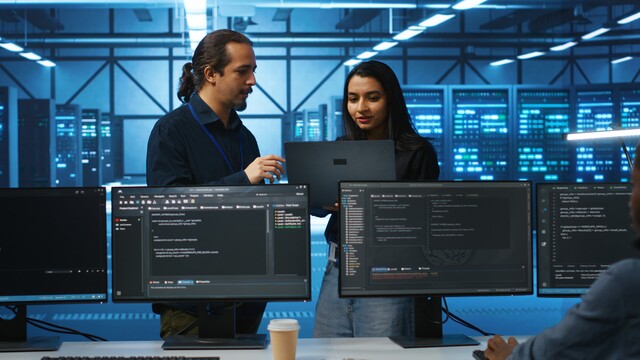
Computer Literacy Level 1 - Computer Basics
-

Adobe Dreamweaver
-

Typing and Keyboarding 101
-
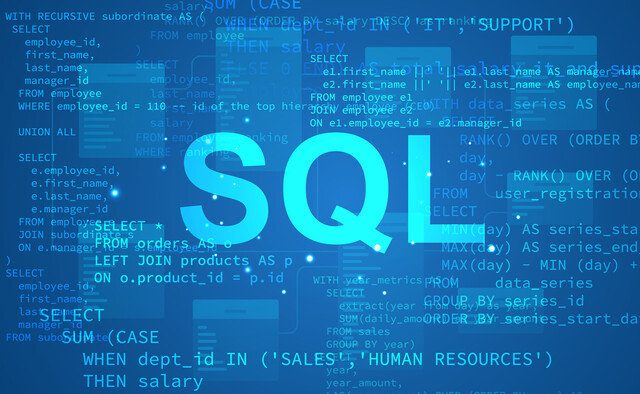
MySQL
-
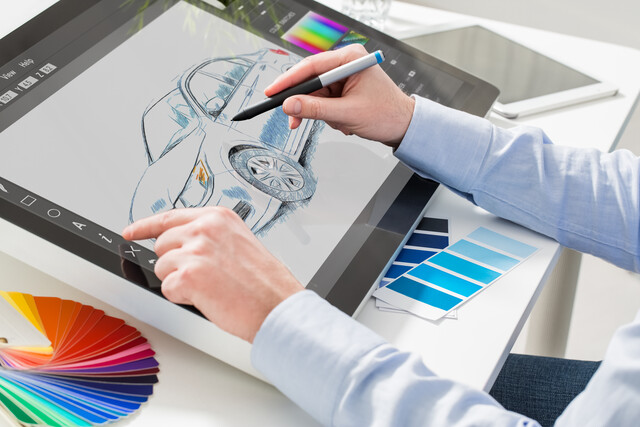
Adobe Illustrator
-
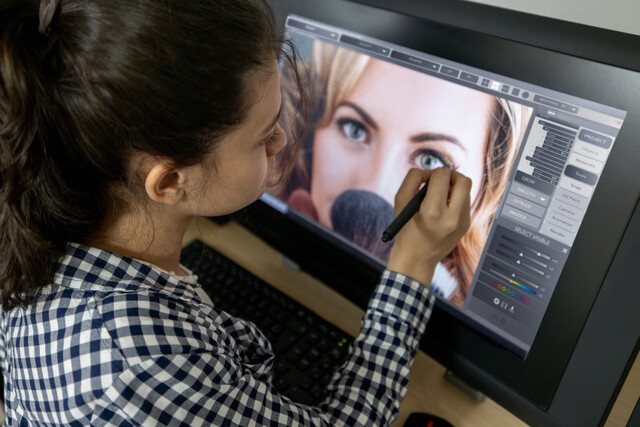
Adobe Photoshop
-
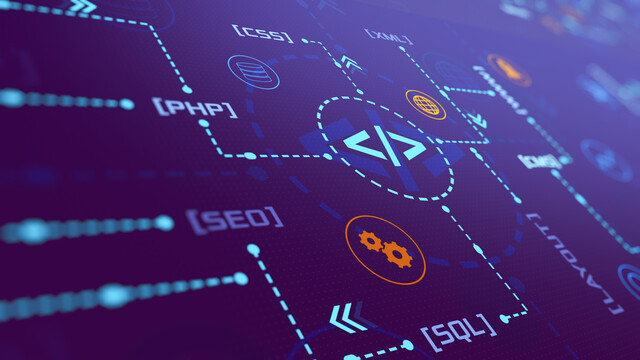
Learn HTML - Create Webpages Using HTML5
-

Adobe After Effects
-

Pinterest
-
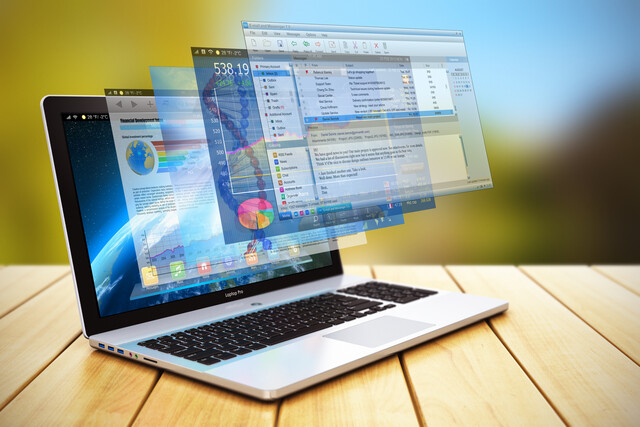
Google Slides
-
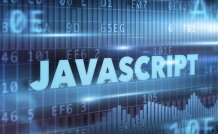
Introduction to JavaScript
-
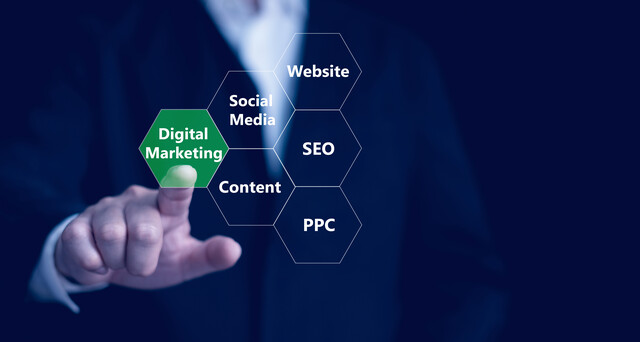
Internet Marketing Basics
-

Computer Literacy Level 2 - Internet Basics
-
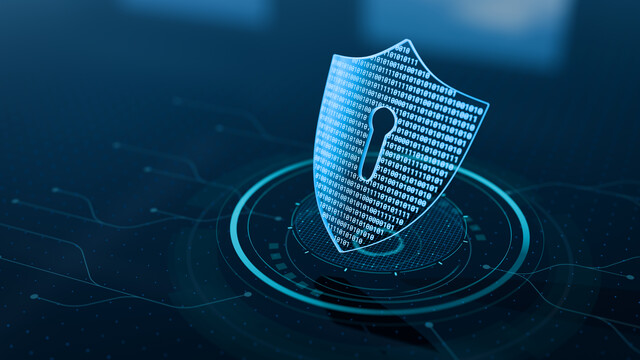
Cybersecurity 101
-
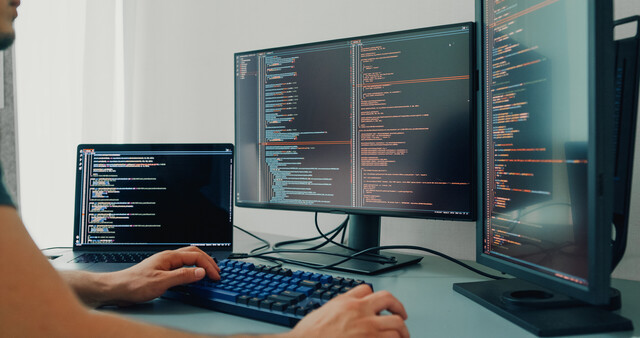
Introduction to CSS
-

Adobe Captivate
-

Google Sheets
-

Google Analytics 101
-

Computer Literacy Level 3 - Living and Working Online
-

Adobe Premiere
-

Social Media 101: How to Use Facebook, Twitter and LinkedIn